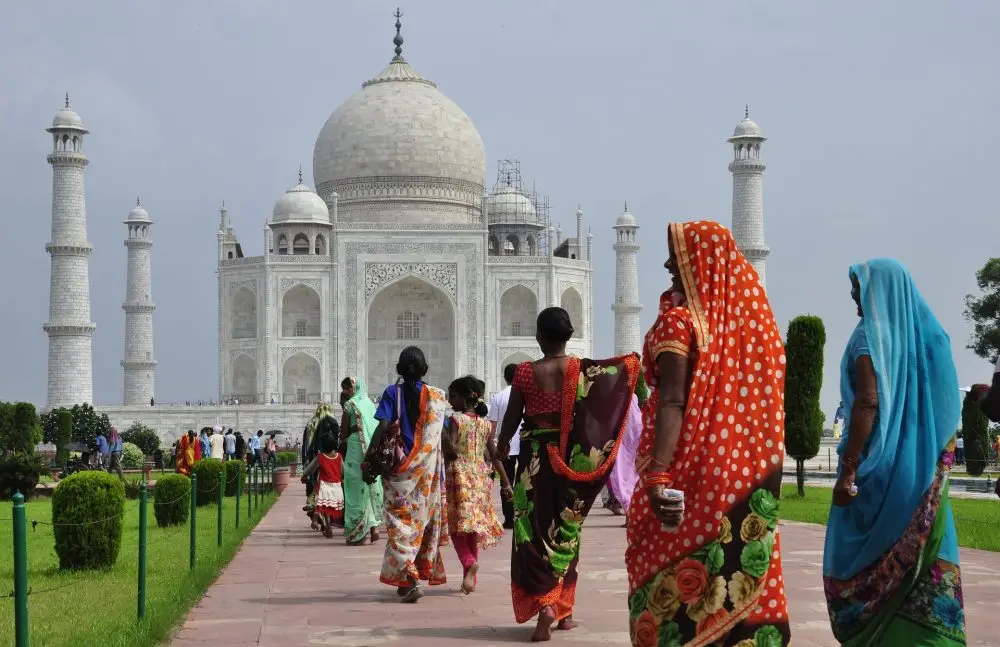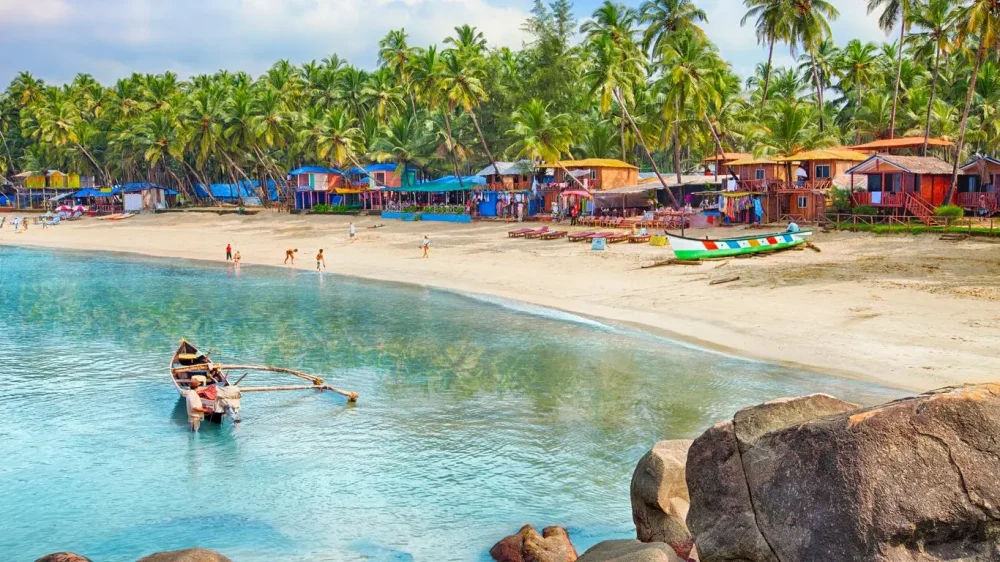In India, luxury often coexists with history, and architecture with legends. Traveling in high-end formats here takes on a special meaning. VIP hotels in India are not just premium resorts, but entire palaces that preserve the spirit of Rajasthan, the heritage of empires, and the aesthetics of the Mughal era.
Elements of colonial style, views of Lake Pichola, and gardens at the foot of the Aravalli create a unique space where luxury becomes part of the cultural code.

Indian premium hospitality traces its roots back to the traditions of palace residences, where every guest is treated almost like a Maharaja. Layout features, marble halls, terraces overlooking inner courtyards, abundance of hand-painted decorations, silk, and ceramics all make up a unique visual language.
VIP hotels in India are often located in former palaces renovated while preserving their original appearance. Many hotels in Jaipur, Udaipur, Jodhpur, and Delhi continue the lineage of Rajput dynasties, offering impeccable service tailored to modern standards.
Modern exclusive hotels in India strive to combine premium leisure with natural body restoration. Premium resorts increasingly integrate Ayurvedic concepts, meditation practices, yoga, vegan cuisine, and natural healing methods.
Staying in such spaces not only relaxes but also rejuvenates. Eco-hotels, built from local materials, using solar energy, and sustainable tourism concepts, are particularly relevant.
The following list includes iconic palace hotels in India that impress with their history and level of luxury:
Each of these hotels is not just a place to stay but a cultural space where the spirit of Rajputana is revived, and interior details speak the language of heritage.
Unlike palaces primarily located in the northern part of the country, many modern VIP hotels in India are found in Goa, Kerala, and the Himalayas. They focus on wellness tourism and harmonious interaction with nature. Detox programs, Ayurvedic retreats, therapeutic diets, and individual practices form the basis for rejuvenation. Even those who previously associated elite travel in India solely with visiting the Taj Mahal are increasingly opting for solitude and rejuvenation formats amidst jungles or in mountain resorts.
In Kerala, the emphasis is on Ayurveda, natural oils, daily massage sessions, and aromatherapy. In Goa, coastal resorts offer a relaxed atmosphere with a focus on vegan cuisine, sunrise yoga sessions, and year-round spa leisure.
In addition to exclusive interiors and rich history, luxury hotels in India are distinguished by a high level of space organization and service. Staff trained in international hospitality schools ensures not only efficiency but also empathetic attention to details. Key elements include:
This is why VIP hotels in India are chosen not only for leisure but also for weddings, private receptions, and business negotiations.
For those seeking unquestionable quality assurance and time-proven heritage, the following list is useful:
Each of these properties provides access to the empire’s atmosphere and shapes an understanding of true Indian luxury.
Special attention in VIP hotels in India is given to the aesthetics of space: every detail in the interior carries meaning. Gilded carved panels, painted ceramics, antique mirrors, handmade fabrics – all create a unique atmosphere. Ayurvedic spa areas are decorated with sandalwood, lotus, and incense, enhancing the effects of natural restoration methods.
Many properties offer masterclasses in Indian cuisine, tours of spice markets, galleries dedicated to Indian culture and crafts. Traditional music evenings and Kathak shows – classical Indian dance – hold a special place.

VIP hotels in India are not just elite accommodation formats but a synthesis of culture, architecture, and impeccable service. They become spaces for rejuvenation, contemplation, and deep aesthetic enjoyment.
From the Maharaja’s palace hall to the spa room in the shade of the Aravalli, from Ayurveda to detox – luxury here has a unique Indian face!

The land of Hindus remains one of the most colourful in the world. The location attracts tourists with its versatility, ancient history and vibrant culture. Along with its popularity, many people still perceive India through the prism of stereotypes that often do not correspond to reality. Let’s take a detailed look at the real features …

Travelling to the district reveals to tourists a completely different face of India – tranquil, peaceful and immersed in nature. It hides pristine beaches, ancient temples, ayurvedic centres and protected corners where time seems to slow down. Holidays in South Goa are the choice of those who are looking for something interesting and unusual to …